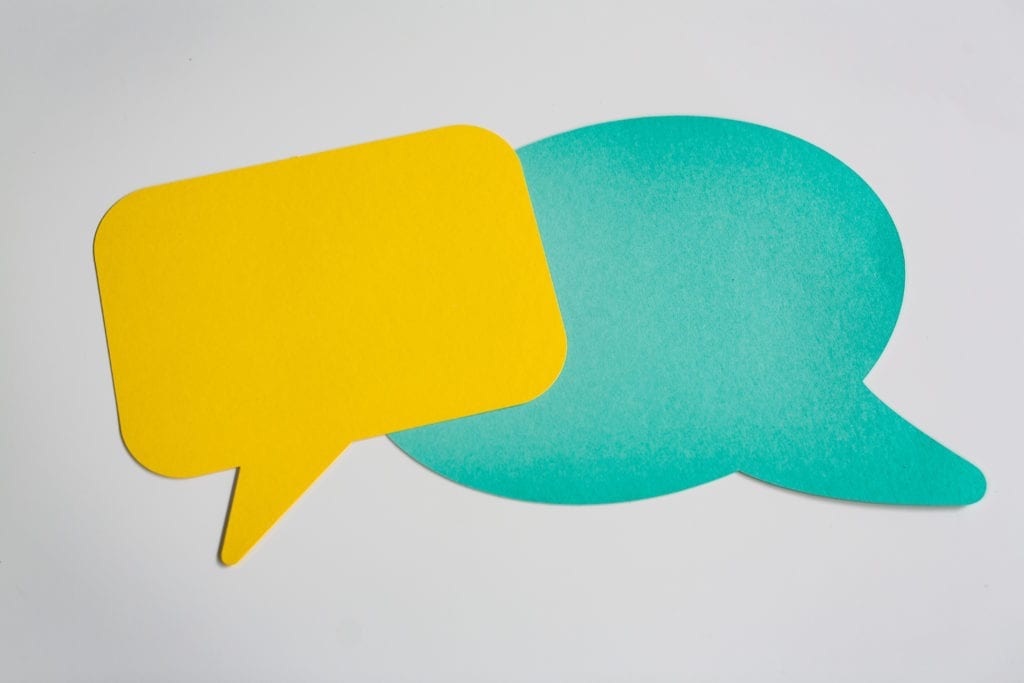Most managers understand that providing regular developmental feedback to direct reports is an important hallmark of effective leadership. But if you’re not also encouraging peer-to-peer feedback, your organization is missing valuable insights that can boost collaboration and productivity.
The Challenges of Peer-to-Peer Feedback
Feedback between a manager and a direct report can sometimes feel awkward. We worry about the other person’s reaction, and fear that the situation might even get worse.
But peer-to-peer feedback might feel even more awkward if you’re not building it into your culture.
That’s because, by nature, peers are on the same level. Even if the feedback is justified and beneficial, the person receiving it may feel that the other person is overstepping, trying to exert authority where none exists.
Sharing feedback, while meant to help improve performance, can feel like it might damage an otherwise healthy working relationship. And when we believe that, we’re more likely to remain silent and not share observations that could benefit an individual’s performance, as well as the organization at large.
Building Feedback Skills for Peers
But whether it feels awkward or not, open and direct communication, including feedback, is essential for effective team performance.
As Engagedly.com notes, “Asking your peers for feedback regularly helps you understand your areas of development. With peer feedback, you can communicate your suggestions and ideas effectively. It gives an opportunity for everyone on the team to self-evaluate and develop themselves….”
But your team won’t get there with a company directive alone. Employees and teams usually need some help in building their skillsets in giving — and receiving — feedback.
Leadership Development Can Help You Learn to Give (and Receive) Better Peer Feedback
A robust leadership development program can provide opportunities to practice giving feedback in a safe, controlled environment. Emphasizing skills like candor, clarity, and collaboration, leadership development can help employees learn the fundamentals of leadership and feedback in an engaging yet safe environment.
Participants also benefit by getting feedback on their own feedback-adjacent skills — from a facilitator and fellow participants. And because everyone is learning together, there’s far less pressure to “get it right” immediately. Everyone is building competency (and community) at the same time.
Other Resources for Peer-to-Peer Feedback
There are other ways to develop a culture where peer-to-peer feedback is a vibrant and expected part of the organization.
If your team needs to brush up on their feedback skills, it’s good to use a 360° survey or other team development tool to learn about each individual’s perceptions of how the team is functioning. These can be useful as team members are guided through the feedback process together, identifying specific observations around how an employee’s actions (not personality) influence others.
Some teams also feel they are better able to give feedback through a process like this, as it provides a relative level of anonymity, which can increase candor. After the data has been collected, a facilitated team meeting can help leverage the insight. The team works to create a focused action plan that will help improve trust, collaboration, productivity, and overall performance. And having a facilitator lead the conversation guides peers through the process together, so no one has the upper hand.
Conclusion
Whichever method you choose to introduce it, peer-to-peer feedback is never a “one and done” proposition. With support from senior leadership, a common language, and a cadence for regular one-to-one and team-based conversations, peer-to-peer feedback can and should be an integral part of your organization’s cultural foundation.












